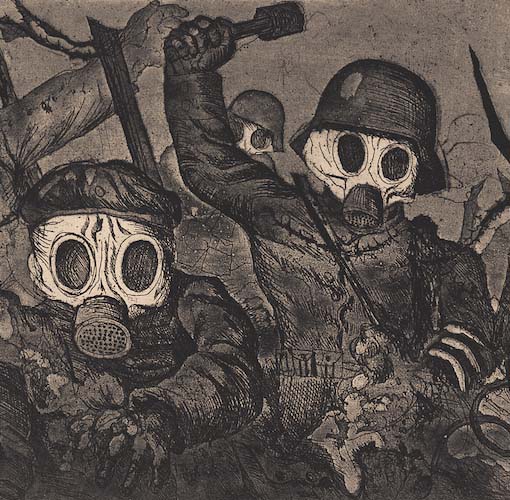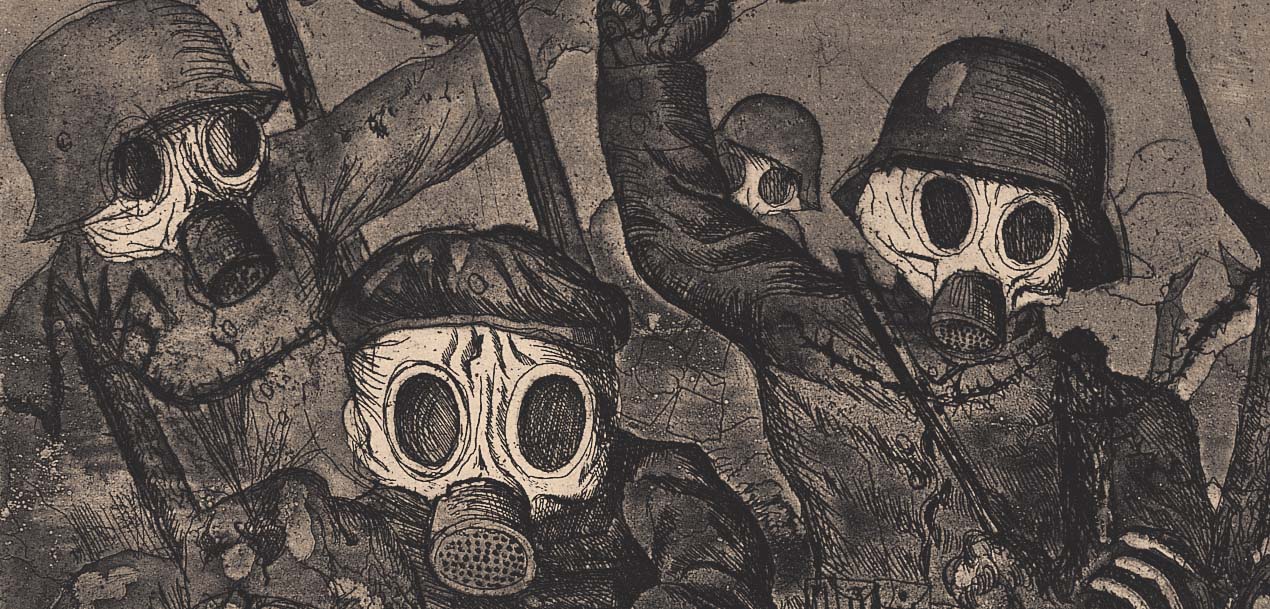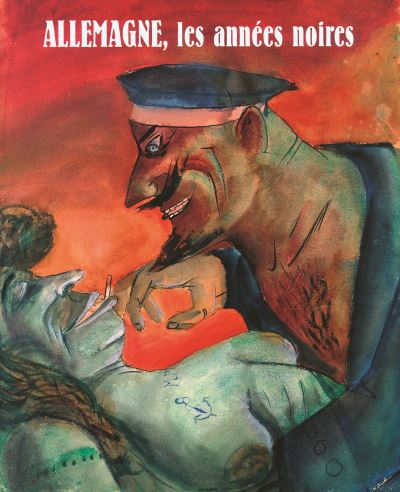En cours
A Venir
Billetterie
Collections en ligne
Actualités
Boutique
Restaurants et privatisation


Between October 31st, 2007 and February 2, 2008, the Musée Maillol presented an exhibition titled “Germany, the Black Years”. Devoted to the trends in German art that dealt with the country’s troubled history at the beginning of the 20th century, the exhibition is curated by Annette Vogel, Vice-President of the Sabarsky Collection for Germany, and Bertrand Lorquin, Curator of the Musée Maillol.
The exhibition features over 250 works and includes drawings, engravings, paintings and watercolors, some of which have never been previously exhibited. Alongside such famous artists as Max Beckmann, Otto Dix and George Grosz, the exhibition also features lesser-known painters such as Conrad Felixmüller, Ludwig Meidner, Erich Heckel, Walter Gramatté and John Heartfield, all of whom produced major works during this period.
“Germany, the Black Years” is a two-part exhibition that brings together art and history. The first section deals with the war between 1913 to 1918. Each artist visually recounts their personal experiences with wartime conflict by depicting the horror of mutilated bodies, corpses overrun by vermin, and the unspeakable expressions of suffering on the faces of the wounded. Artwork has never succeeded in revealing so truthfully the painful truth of the soldiers’ experiences. The second part of the exhibition deals with the horrific succession of difficulties that struck German society after the war: military defeat, political instability, the fall of the Deutschmark, and endemic poverty which ultimately led to economic collapse and victory for the Nazis.
The exhibition includes an impressive collection of documents related to the artworks and historical time period. The addition of documents to the exhibition draws a crucial comparison between the artworks as reality, and were organized by German historians: photographs of the war and of German society, political posters, brochures, films, etc. The reality of the front lines of war art publicly accessible for the first time through the correspondence painted by Otto Dix on postcards.
Between October 31st, 2007 and February 2, 2008, the Musée Maillol presented an exhibition titled “Germany, the Black Years”. Devoted to the trends in German art that dealt with the country’s troubled history at the beginning of the 20th century, the exhibition is curated by Annette Vogel, Vice-President of the Sabarsky Collection for Germany, and Bertrand Lorquin, Curator of the Musée Maillol.
The exhibition features over 250 works and includes drawings, engravings, paintings and watercolors, some of which have never been previously exhibited. Alongside such famous artists as Max Beckmann, Otto Dix and George Grosz, the exhibition also features lesser-known painters such as Conrad Felixmüller, Ludwig Meidner, Erich Heckel, Walter Gramatté and John Heartfield, all of whom produced major works during this period.
“Germany, the Black Years” is a two-part exhibition that brings together art and history. The first section deals with the war between 1913 to 1918. Each artist visually recounts their personal experiences with wartime conflict by depicting the horror of mutilated bodies, corpses overrun by vermin, and the unspeakable expressions of suffering on the faces of the wounded. Artwork has never succeeded in revealing so truthfully the painful truth of the soldiers’ experiences. The second part of the exhibition deals with the horrific succession of difficulties that struck German society after the war: military defeat, political instability, the fall of the Deutschmark, and endemic poverty which ultimately led to economic collapse and victory for the Nazis.
The exhibition includes an impressive collection of documents related to the artworks and historical time period. The addition of documents to the exhibition draws a crucial comparison between the artworks as reality, and were organized by German historians: photographs of the war and of German society, political posters, brochures, films, etc. The reality of the front lines of war art publicly accessible for the first time through the correspondence painted by Otto Dix on postcards.

Allemagne
Les années noires
Between October 31st, 2007 and February 2, 2008, the Musée Maillol presented an exhibition titled “Germany, the Black Years”. Devoted to the trends in German art that dealt with the country’s troubled history at the beginning of the 20th century, the exhibition is curated by Annette Vogel, Vice-President of the Sabarsky Collection for Germany, and Bertrand Lorquin, Curator of the Musée Maillol.
The exhibition features over 250 works and includes drawings, engravings, paintings and watercolors, some of which have never been previously exhibited. Alongside such famous artists as Max Beckmann, Otto Dix and George Grosz, the exhibition also features lesser-known painters such as Conrad Felixmüller, Ludwig Meidner, Erich Heckel, Walter Gramatté and John Heartfield, all of whom produced major works during this period.
“Germany, the Black Years” is a two-part exhibition that brings together art and history. The first section deals with the war between 1913 to 1918. Each artist visually recounts their personal experiences with wartime conflict by depicting the horror of mutilated bodies, corpses overrun by vermin, and the unspeakable expressions of suffering on the faces of the wounded. Artwork has never succeeded in revealing so truthfully the painful truth of the soldiers’ experiences. The second part of the exhibition deals with the horrific succession of difficulties that struck German society after the war: military defeat, political instability, the fall of the Deutschmark, and endemic poverty which ultimately led to economic collapse and victory for the Nazis.
The exhibition includes an impressive collection of documents related to the artworks and historical time period. The addition of documents to the exhibition draws a crucial comparison between the artworks as reality, and were organized by German historians: photographs of the war and of German society, political posters, brochures, films, etc. The reality of the front lines of war art publicly accessible for the first time through the correspondence painted by Otto Dix on postcards.
Multimédia
Mentions légales | CGU | Données personnelles | Gestion des cookies
Musée Maillol, 2021
Mentions légales | CGU | Données personnelles | Gestion des cookies
Musée Maillol, 2021